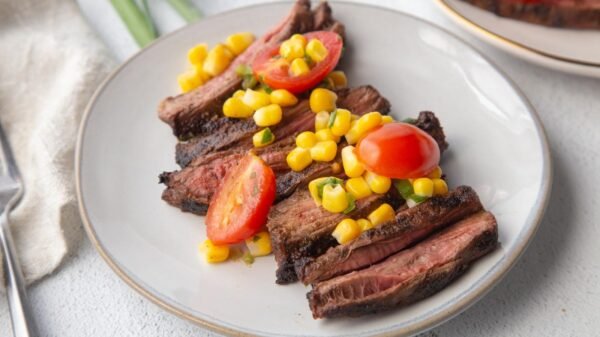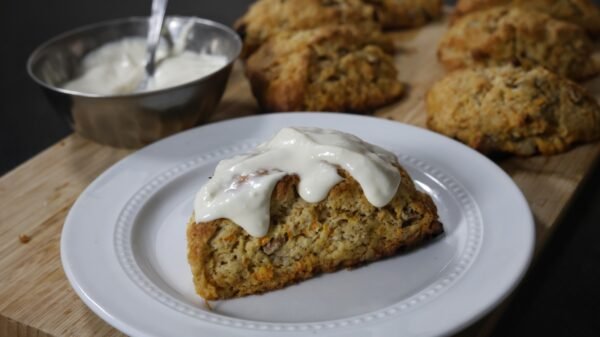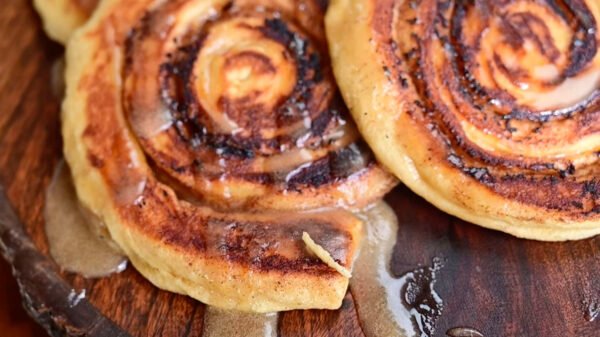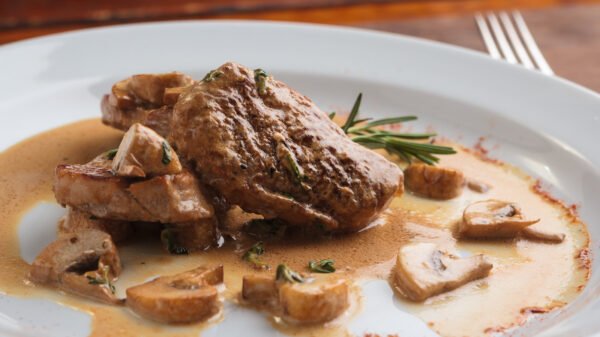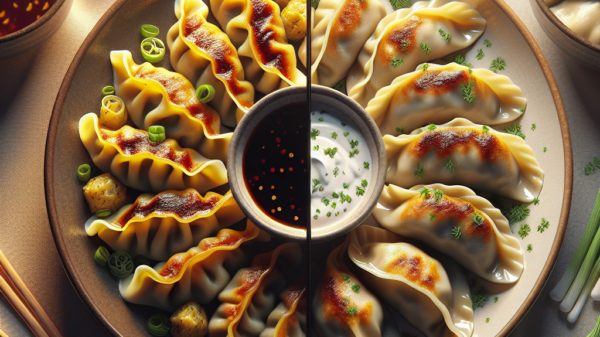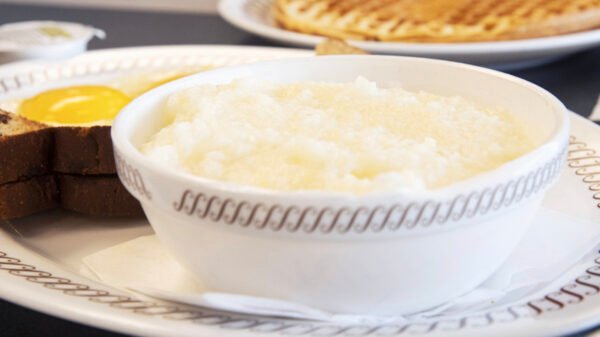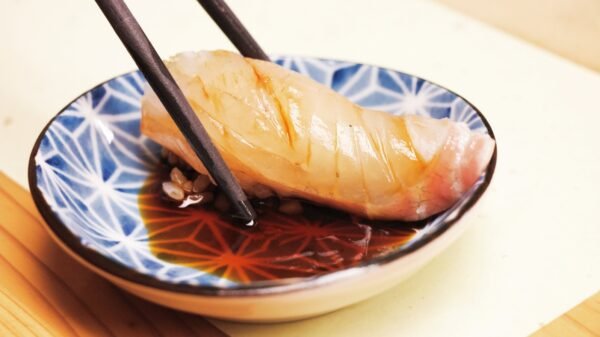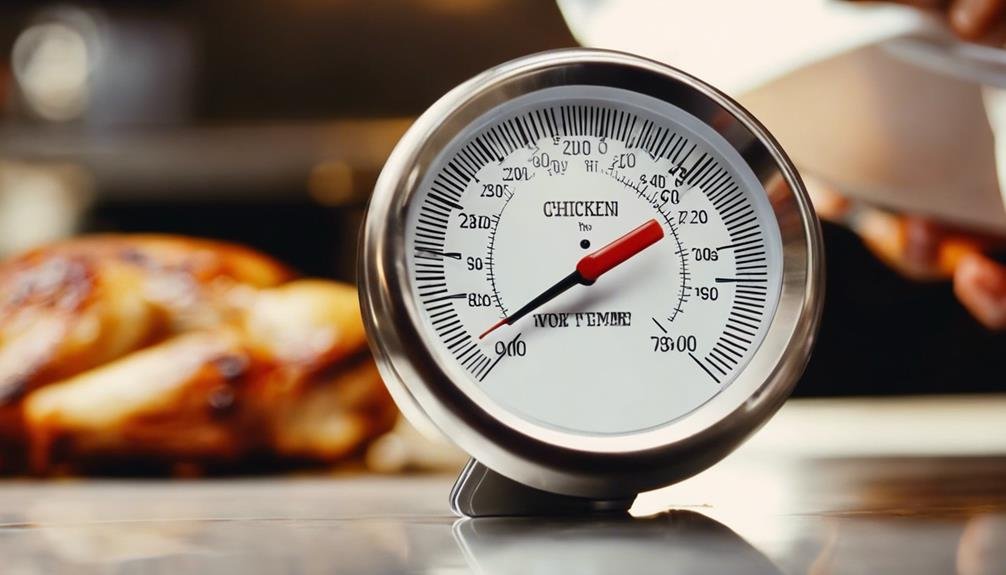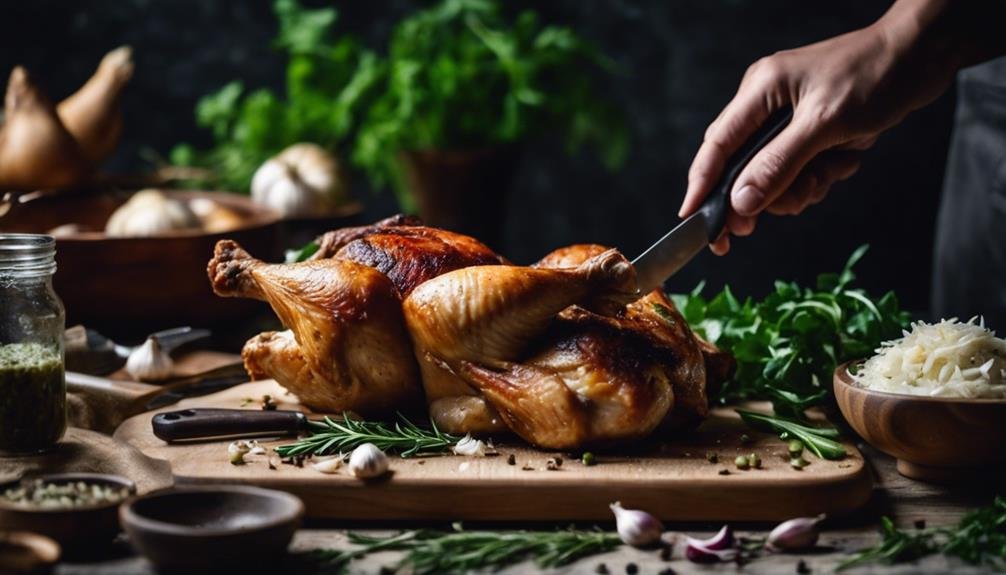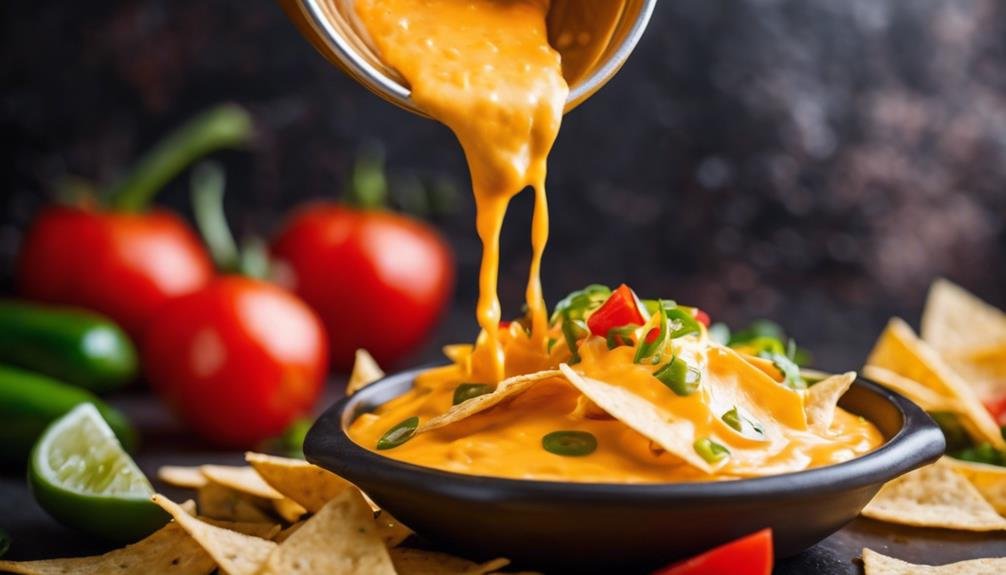Exploring the inner landscape of a chicken with a thermometer is akin to an adventurer seeking the core of a mysterious, steamy jungle. It’s a journey fraught with the danger of overcooked dryness or the peril of undercooked pathogens.
You’ll want to equip yourself with a reliable digital probe, your scalpel in this culinary operation, to dive precisely into the thickest part of the breast, avoiding bone, fat, and gristle like an experienced trailblazer. The ultimate goal? A succulent 165°F (74°C) reading that signifies triumph.
But be cautious; the expedition doesn’t conclude there; mastering carryover cooking awaits, a skill that could transform your chicken from merely safe to eat to exquisitely delicious.
So, why halt now when the mysteries of perfectly cooked poultry are just beyond the horizon?
Check Chicken’s Temp Key Takeaways
- Use a digital instant-read thermometer for precise temperature checks at 165°F.
- Insert the thermometer into the thickest part of the thigh, avoiding bones.
- Allow carryover cooking by letting the chicken rest, expecting a temperature rise.
- Ensure safety and tenderness by accurately monitoring the chicken’s internal temperature.
Selecting the Right Thermometer
To ensure your chicken isn’t as tough as a leather boot or as risky as a game of Russian Roulette, it’s essential to arm yourself with a digital instant-read thermometer, the Swiss Army knife of kitchen tools. When selecting the perfect thermometer for your poultry escapades, you’re not just choosing a gadget; you’re picking a partner in the quest for culinary excellence.
Opt for a probe thermometer capable of detecting the thickest part of your chicken—the heart—to obtain the precise measurements that distinguish sublime from so-so.
Guarantee this culinary sidekick boasts a wide temperature range, ready to brave the heat up to 165°F, the magic number for safe and succulent chicken. A display that’s as clear as your love for well-cooked poultry is non-negotiable, preventing those all-too-common misreadings that can lead to dinner disasters.
For those who believe kitchen multitasking is a form of high art, a wireless meat thermometer will be your canvas. It allows you to monitor your bird’s internal climate without being tethered to the oven or grill. With these tools, you’re not just cooking; you’re crafting a masterpiece.
Identifying the Measurement Spot
Finding the perfect spot to jab your thermometer into the chicken is akin to a culinary treasure hunt. It hinges on targeting the thickest part of the thigh, steering clear of any bones to dodge the peril of false readings. It’s a scientific endeavor mixed with a dash of humor as you navigate the landscape of chicken thighs with the precision of a seasoned explorer. The goal? Ensuring your chicken isn’t only delicious but safe to eat, free from the clutches of harmful bacteria.
To commence this mission, you’ll need to insert the thermometer into the middle of the thigh, the part that’s a culinary marathon runner—it takes the loAvoidingok. By guarantee, you guarantee the temperature reading is as accurate as an arrow hitting the bullseye. Remember, you’re not just cooking chicken; you’re outsmarting potential foodborne foes.
Initially, aim for an internal temperature of 165°F, adjusting according to your taste buds’ demands for the perfect level of doneness. Overcooking slightly at first and then tweaking secret sauce to culinary success. Always use a thermometer; it’s your trusty sidekick in this adventure, ensuring every bite is tasty andmphantly safe to consume.
Understanding the Safe Temperature
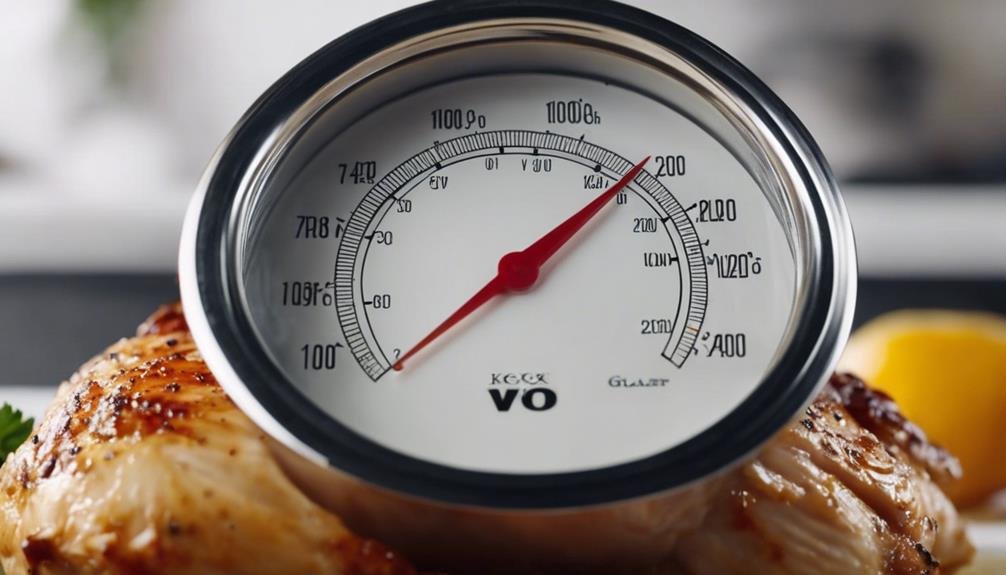
Having mastered the art of locating the perfect thermometer, let’s now tackle the science behind the magic number: 165°F, the safe internal temperature for your poultry masterpiece. At this precise temperature, you’re not just cooking; you’re conducting a symphony of safety and flavor in your kitchen. It’s where culinary art meets scientific rigor to ensure that your chicken doesn’t just taste good but is good for you.
Here’s why hitting that 165°F mark is important:
- Safety First: This temp is your culinary bodyguard, protecting against unwanted guests like Salmonella.
- Texture Triumph: Achieve that perfect, no-argument, tender and juicy bite.
- Dark vs. Light: While thighs may play hard to get, requiring a bit more heat, they, too, must bow to the safe internal temp rule.
- Whole Chicken Harmony: Ensuring even the thickest part of your whole chicken reaches this temperature means peace of mind.
- Taste and Safety Combo: Cooked deliciously and free from foodborne illnesses. In the domain of poultry perfection, your thermometer is your wand, and 165°F is your kingdom’s law. Remember, it’s not just about cooking; it’s about crafting a meal that’s a feast for the senses and a fortress against foodborne foes.
Mastering the Technique
Mastering the technique of thermometer wizardry guarantees your chicken hits that sweet spot of safety and succulence every single time. Picture yourself, the culinary alchemist, armed with your probe thermometer, delving into the heart of your feast-to-be. It’s not just cooking; it’s a quest for pest things first; target the thickest part of your chicken, whether it’s the majestic whole bird or those plump chicken breasts. This is where the magic of science kicks in. Bones are the mischievous sprites that will lead you astray, so steer your probe away from them. Aim for the meaty heart, where the true tale of doneness is told.
Now, with the precision of an eagle-eyed archer, insert your thermometer’s probe into that critical zone. You’re not just poking; you’re seeking. The heat source has done its part, and now it’s your turn to confirm the internal temp for chicken hatched the haven of 165°F (74°C). Wait for a brief moment, and the suspense builds. Then… Eureka! The temperature stabilizes, and your quest concludes.
You’ve secured safety and mastered the art of delivering tenderness. And there, my fellow culinary adventurers is your crowning glory.
Managing Carryover Cooking
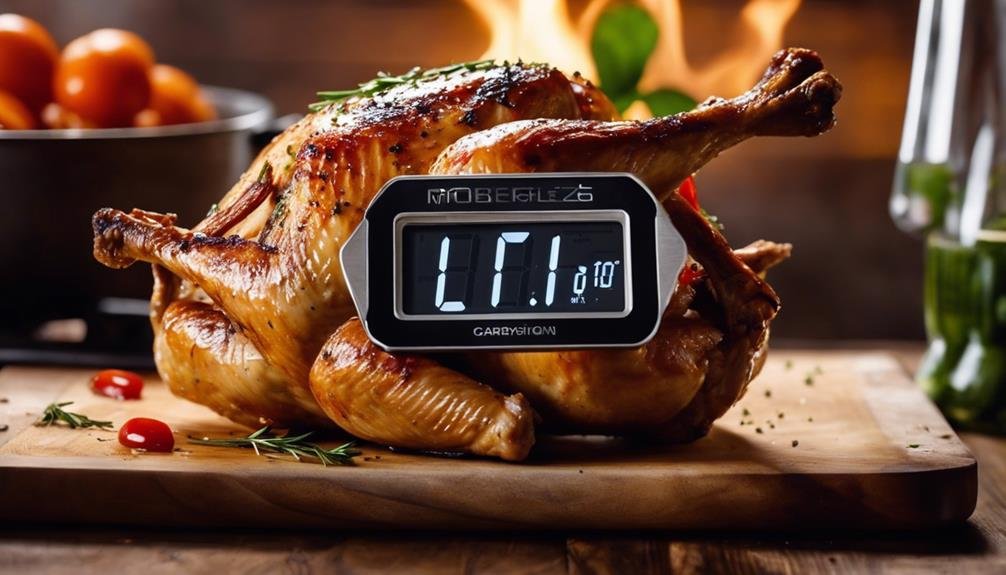
As you’ve skillfully confirmed your chicken’s departure from the heat at 165°F, remember, the journey’s not over yet; carryover cooking’s about to take the wheel, subtly nudging that temperature even higher. To navigate this invisible culinary force without landing in the dreaded area of overcooked chicken, stick to these savvy strategies:
- Do not immediately cut into that bird. Let it sit, giving the juices a chance to redistribute and the temperature a moment to stabilize.
- Check the temperature again after a few minutes, especially if you cook a whole chicken, as different parts may reach a different temperature.
- Inserting the thermometer into the thickest part of the thigh ensures you get an accurate read without hitting the bone.
- Understand that larger cuts or a whole bird will have a more significant carryover cooking effect, possibly rising 5 to 10 degrees F.
- Remember, patience isn’t just a virtue but a necessity in the kitchen to prevent the tragedy of dry, stringy meat.
Frequently Asked Questions
How Do You Check Chicken’s Internal Temperature?
You check the internal temperature of chicken by inserting a meat thermometer into its thickest section, avoiding any bones. Ensure the thermometer reads 165°F before considering the chicken safe to eat. This method ensures your poultry is cooked thoroughly, offering a delicious and safe meal.
Where Do You Put the Internal Thermometer in a Chicken?
To accurately measure the temperature of a chicken, insert the thermometer into the thickest part of the thigh, making sure to avoid any bones for an accurate reading. This technique ensures you can confidently serve your dinner guests without relying on guesswork.
What Is the Best Way of Determining the Doneness of Chicken?
The best way to determine the doneness of chicken is to ensure its internal temperature reaches 165°F without touching the bone with the thermometer to avoid a misleading reading. This method ensures that you’re serving safe and delicious chicken.
Is Chicken Done at 165 or 180?
Chicken is done at 165°F, though aiming for 180°F might give you juicier results, particularly with thigh meat. Achieving that temperature ensures perfectly cooked poultry.
Conclusion
So, you’ve mastered the art of probing your chicken like a culinary scientist, ensuring you hit the sweet spot without bones or fatty deceit.
Remember, 165°F (74°C) isn’t just a number; it’s your ticket to the safe poultry consumption club.
Nailing the technique demands patience and a bit of swagger—think of it as the chicken whisperer’s handshake.
And don’t forget about carryover cooking; it’s like the chicken’s final sigh of relief.
Congratulations, you’re now officially a poultry temperature-checking ninja.


